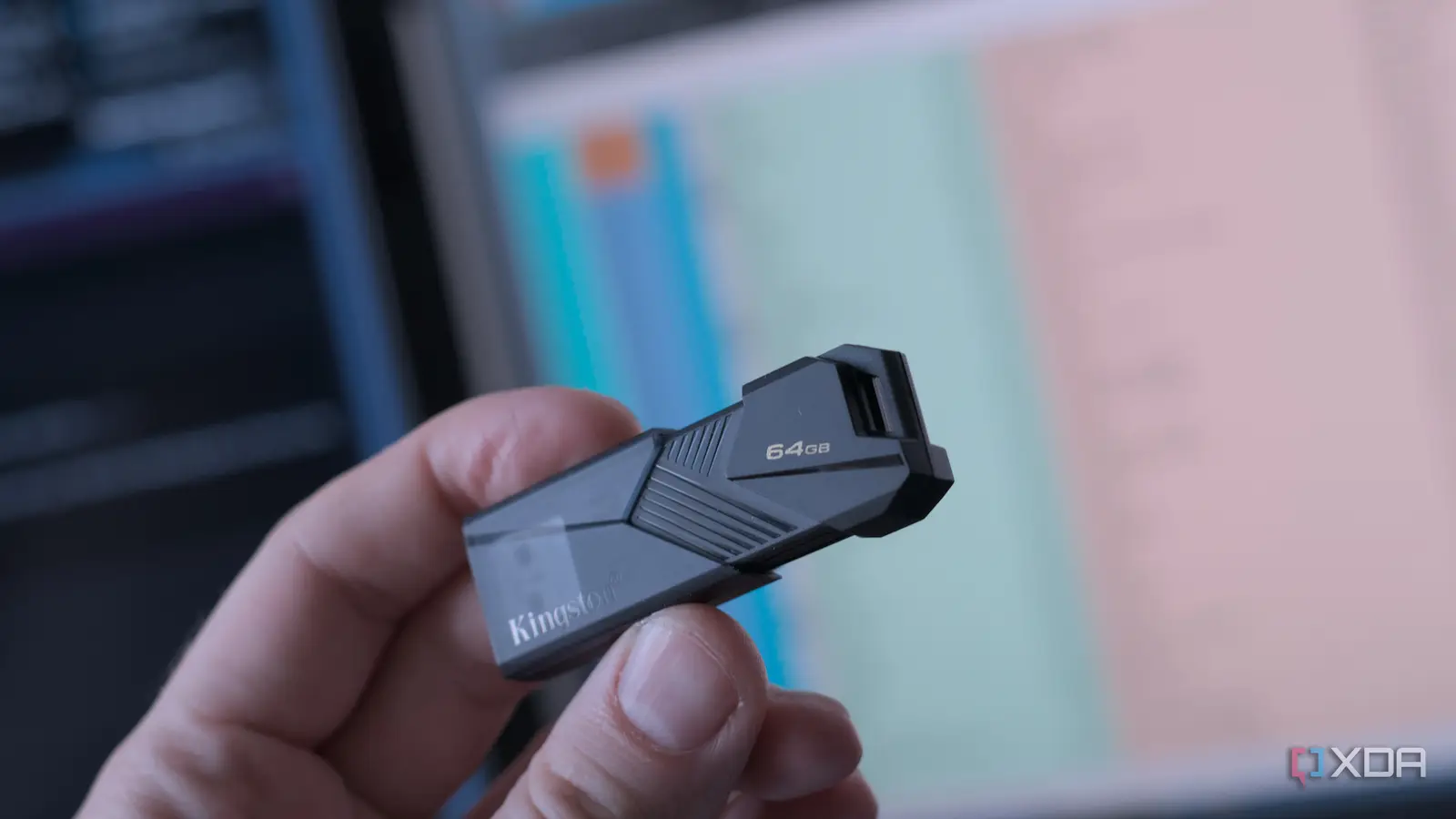
There comes a time in any PC enthusiast’s life where something goes horribly wrong with a build, either one that already exists or a system that’s in its infancy. Either way, there are times when you’ll need access to diagnostic tools that the BIOS or system can’t provide for you, and this is where a trusty USB stick can come in handy. These 5 bootable tools should be on USB sticks within arms reach of every PC enthusiast, and have saved my bacon more times than I can count.
GParted
A must-have for storage diagnostics
If you’ve ever attempted to worth with partitions within Windows before, you’ll know that you don’t have access to everything you need, and for good reason. You can mess your drive up real good by fooling around with partitions, and Microsoft knows that. Even if you should be able to edit a certain partition in a live Windows environment, you probably won’t be able to, and this is where GParted comes in.
GParted is a bootable partition editor you can use to shrink, expand, and move partitions in an environment that’s fully removed from your storage. This is an extremely useful tool for fixing broken dual-boot setups or expanding a stubborn partition. I actually used this just the other day to expand my primary C: drive partition after upgrading to a larger SSD. You can do so using its pretty intuitive GUI interface, which is quite easy to use. GParted is a mainstay in my toolkit, and it should be in yours as well.
Clonezilla
The easiest way to clone a drive
“How do I clone my OS to a new drive” is a question that so many users have and struggle with solving, especially on the Windows side of things. Cloning drives can be a huge hassle, especially when you only have one device to work with, but it really doesn’t have to be that way.
Clonezilla is partition and disk image migration software that can be easily used to do just that, and so much more. The live version can be booted from a USB, and is super lightweight. For individual users, this is the way you clone your old drive to your new one, but for admins of multiple systems, you can use Clonezilla to image many systems at the same time. The local drive to drive cloning has been massively helpful many times, and is definitely something that should be on one of your USB sticks.
Windows Recovery
For when things really go wrong
When you’re using Windows, (not so) funny stuff can occur, and when it does, you’ll need a way to recover your installation. If you’re lucky, you should be able to boot into the recovery environment from the installation itself, without the need for an external USB stick, but sometimes, when things really go wrong, you’ll need one.
In WinRE, you’ll be able to uninstall problematic updates, fix boot loader issues, load from a restore point, and more. Windows recovery disks are essentially just the installation media, and you create them the same way. It’s useful to have a USB stick with Windows on it anyway for installation purposes, but using it for recovery is an added bonus.
Any live Linux distro
Take your pick
The great thing about Linux distros is their ability to boot on almost anything, combined with consistent access to great diagnostic tools and commands to assist with an ailing system. You can really just take your pick of which distro you create a bootable drive of, but after you do, you can use it to run SMART checks, rescue a broken file system, or even run hardware and networking diagnostics. It’s possible to make these live USB installs persistent as well, so there’s no need to load the same scripts by hand, or key in your Wi-Fi password every time you boot.
MemTest86
Weeds out the bad RAM
If you’re doing any kind of RAM overclocking, tuning of timings, or just looking to ensure there’s nothing wrong with your memory, MemTest86 is a necessary tool to have at the ready. Memory issues are really difficult to pin down, and if you’re only working at the OS level, you’ll struggle to really get to the bottom of it. Running MemTest86 overnight will weed out suspected bad DIMMs and even help validate XMP/EXPO setups.
Even if you don’t think you’ll need them, you should have them



